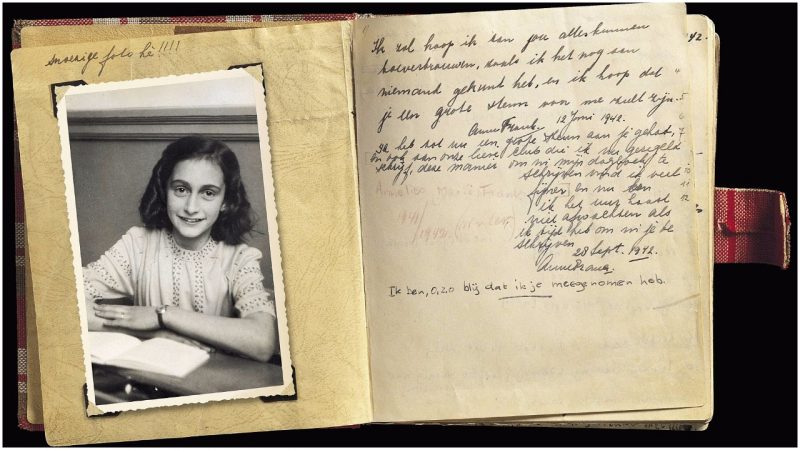New imaging technology has helped researchers retrieve previously unseen content from one of the most famous diaries in the world, the one authored by 13-year-old Anne Frank. As the newly found text was made legible, concealed under pieces of brown paper, it revealed four “dirty” jokes, as well as the young girl’s thoughts on sex, prostitution, and contraception. The material spans two pages and over 30 lines of text.
It was Dutch researchers from the Anne Frank Museum as well as from the Institute of War, Holocaust and Genocide Studies, and the Huygens Institute for the History of the Netherlands, who worked on the new find. The pages were reportedly first photographed while being illuminated from behind, and then the contents were submitted to a special software, which helped decipher the writing. The clandestine pages of the diary, hard to process solely by the naked eye, faced Anne’s writing inscribed on the pages’ opposite sides.
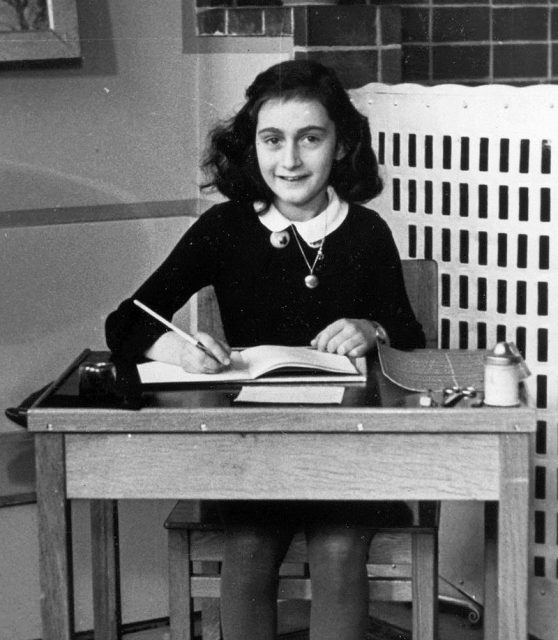
The young teenager probably wrote down the jokes in her diary after picking them up in the secret attic annex where she hid with her family. Her diary recounts her experiences from 1942 until 1944, when the family was arrested. The freshly discovered diary log is dated September 28, 1942, only a few months after the Frank family moved into their Amsterdam refuge. The jokes and thoughts Anne shared on the topics, experts have said, highlight a new aspect of her personality–that she was just a normal girl, curious on this matter as any other person her age.
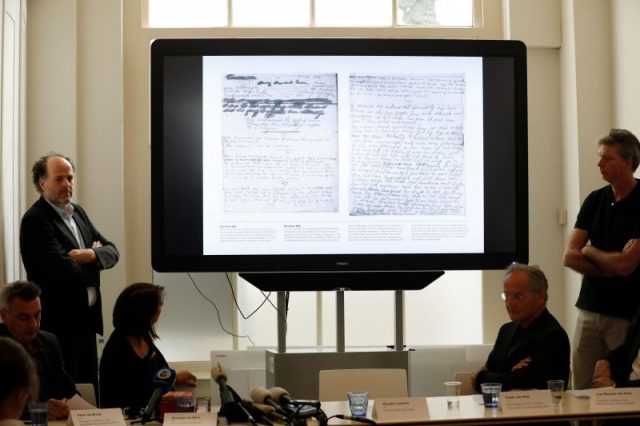
The revelations of the new contents of the diary were shared by Anne Frank House on May 15, 2018. Statements said the uncovered pages “do not alter our image of Anne,” who, after being arrested, lost her life in the death camps. Her father, the only survivor of the Holocaust from the Frank family, published his daughter’s diary following the end of the war, making Anne Frank famous throughout the world.
“I’ll use this spoiled page to write down ‘dirty jokes’,” Anne wrote on the page that also contains several written-off phrases. Indeed, she does share four jokes, and one of them goes as follows: “Do you know why the German Wehrmacht girls are in Holland? As mattresses for the soldiers.”
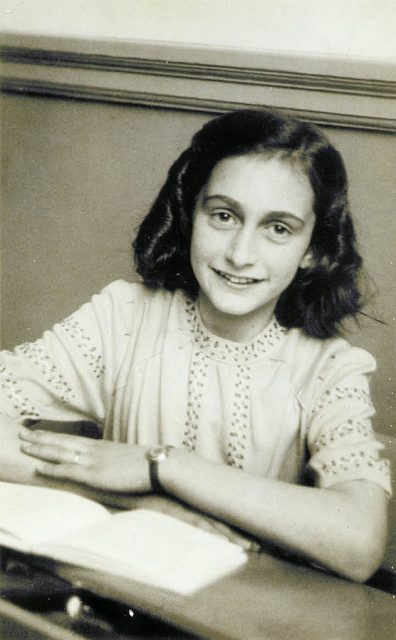
As the Associated Press reported, another joke reads: “A man had a very ugly wife and he didn’t want to have relations with her. One evening he came home and then he saw his friend in bed with his wife, then the man said: ‘He gets to and I have to!!!’ ”
In the rest of the hidden text, Anne proceeds with a more serious tone on certain topics. In her take on sex, she contemplates how a young girl getting her period is “a sign that she is ripe to have relations with a man but one doesn’t do that of course before one is married.” She also writes about sex education, pretending that she needs to give such a talk to somebody who might be in need of the knowledge.
Secret pages of Anne Frank’s diary, containing “dirty jokes”
When it comes to prostitution, Anne notes that “all men, if they are normal, go with women, women like that accost them on the street and then they go together.” She says that there are “big houses” for that in Paris, and that “Papa has been there.”

Anne eventually opted to cover this part of her diary in fear that someone might read it, hence the content has remained concealed up until now. In fact, after this log, she reportedly notes in a subsequent log in the diary that her father had threatened to take her diary, therefore that she will hide it.
Experts find the new content valuable as, when analyzed with the rest of Anne’s writing, the secret pages hint at the young girl’s development as a writer. “Over the decades Anne has grown to become the worldwide symbol of the Holocaust, and Anne the girl has increasingly faded into the background,” says a statement from Anne Frank House.
Commenting on the decision to publish pages that Anne, by all means, wanted to be kept secret, the museum explained that the diary still maintains a status which is in the interest of the academic community. Moreover, the book is a UNESCO heritage document which subjects her writing to needs of research.
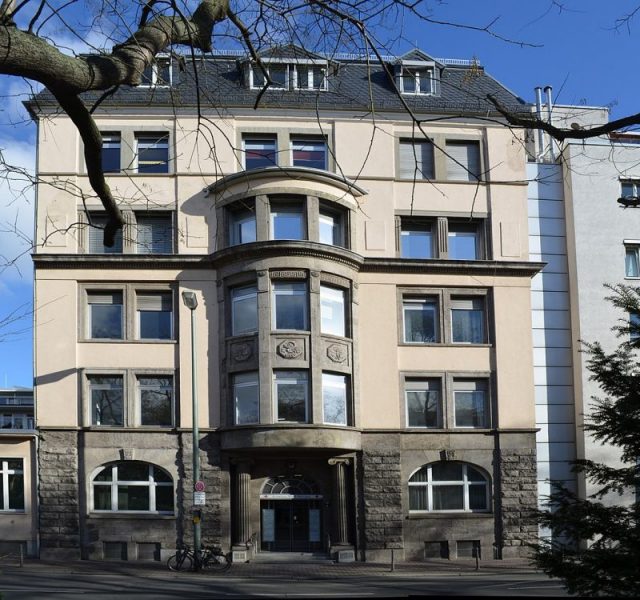
Ronald Leopold from the Anne Frank House Museum stated that the discoveries “bring us even closer to the girl and the writer Anne Frank.” He further said the hidden text is similar to other parts of her diary dealing with the matters and which had been previously published.
The Diary of Anne Frank remains a long-lasting memory of a family that experienced the greatest of all horrors of the war: death in the concentration camps. Anne, along with her sister, died in the Bergen-Belsen camp, which operated in the northern part of Germany. She was only 15 years at the time, losing her life to typhus that raged through the camp shortly before it was liberated from the grip of the Third Reich.
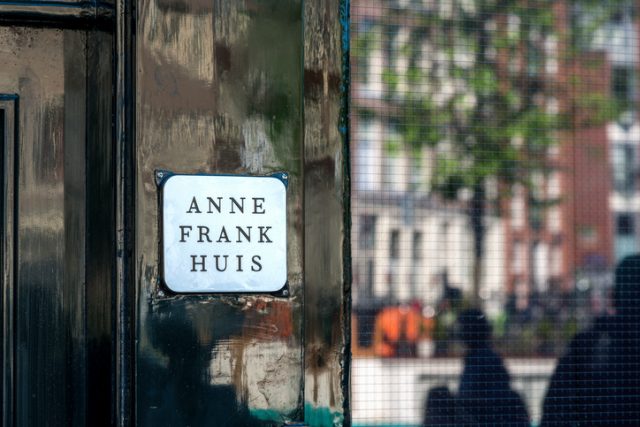
Anne produced the diary while she and her family hid for more than two years prior to being captured. Despite that, her accounts give us details of how life was in the annex where the family stayed until early August 1944; we learn from the diary more of her personal experiences, such as the first kiss she received from the boy of the other Jewish family that hid together with the Franks.
Related story from us: Why the diary of Anne Frank lives on
On the dirty jokes and the passages musing sexuality, anyone who reads them “will be unable to suppress a smile,” says Frank van Vree from the Institute for War, Holocaust and Genocide Studies, one of the researchers involved in deciphering the new text.
